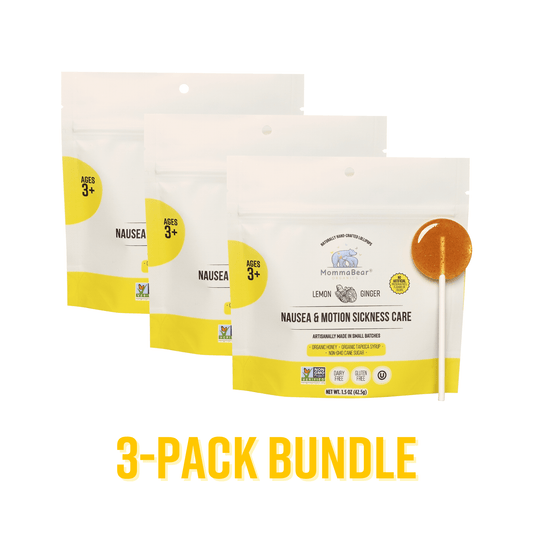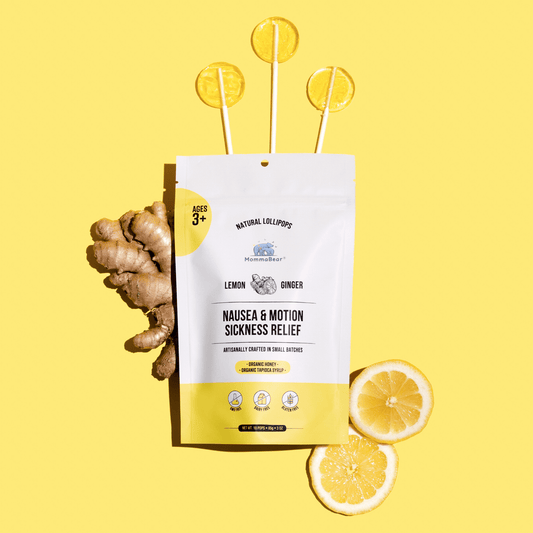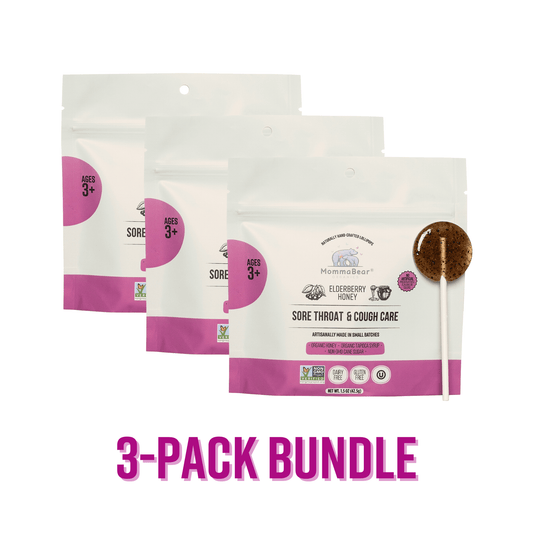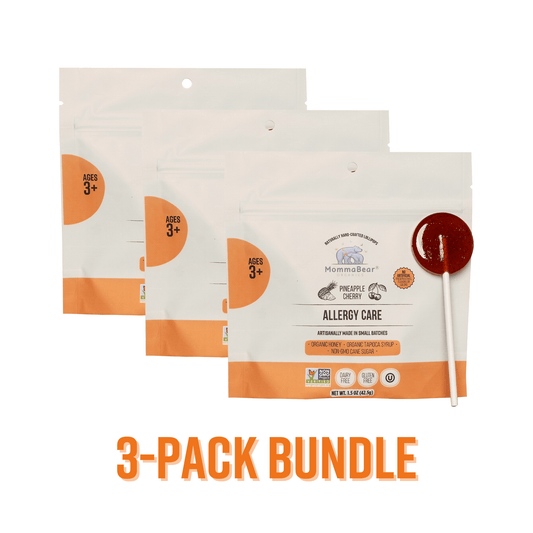Life is just… a lot sometimes, you know? It feels like we're always running, always connected, and my brain just gets so frazzled. I’ve been trying to find ways to just… breathe. To calm everything down without having to do anything drastic. And I’ve been discovering that simple, gentle movements can make such a huge difference. It’s all about reconnecting with your own body, and I wanted to share a bit of what I’ve been learning.
Understanding Your Nervous System
I never really thought much about my nervous system until I realized it’s basically running the show when it comes to stress. It's like this internal command center that's either telling you to panic or to chill out. Once I started to get what was going on in there, I felt like I could actually do something about it.
The Role of the Nervous System in Stress Response
So, from what I've gathered, it’s kind of like having a gas pedal and a brake inside you. There’s the sympathetic nervous system—that’s the gas pedal. It’s what kicks in when you’re stressed, making your heart race and putting you on high alert. Fight-or-flight, you know? Then there’s the parasympathetic system, which is the brake. It’s the one that tells your body, “Okay, we’re safe, you can relax now.”
When I’m stressed out, it feels like my foot is just slammed on the gas pedal all day. My heart’s going, I feel anxious, and it’s exhausting. The whole goal of these calming techniques, as I see it, is to gently tap the brakes. Things like deep breathing or just being mindful for a moment can actually switch on that parasympathetic system and bring everything back into balance. It’s like I’m slowly teaching my body that it doesn’t have to be in emergency mode all the time.
The Connection Between Physical Movement and the Nervous System
It’s pretty wild how much moving your body can affect what’s going on in your head. I used to think exercise was just about sweating and getting tired, but it’s so much more. Gentle movement seems to send a signal to your nervous system that everything is okay. It gets the blood flowing, and you get that little hit of endorphins, which I’ve always heard are like natural mood boosters.
I’ve been finding that regular, gentle movement is helping me handle the day-to-day stress without feeling so overwhelmed. Things like yoga or tai chi feel less like a workout and more like a conversation between my mind and my body. And getting outside for it? That’s a whole other level. I read somewhere that just being in nature can help you relax and think more clearly, and I totally believe it. A walk in the park feels completely different from a walk on a treadmill. It’s just… refreshing.
The Importance of Natural Methods for Calming the Nervous System
There are so many options out there for dealing with stress, but I’ve been really drawn to the natural stuff lately. I mean, it just feels better to try things that work with my body instead of against it.
The Benefits of Natural Stress Relief
For me, this is what I’ve been keeping in mind about why I prefer the natural route:
-
Minimized side effects compared to medication
-
A holistic approach that addresses both mind and body
-
Accessibility: many techniques can be practiced anywhere
-
Empowerment: individuals learn to manage their stress actively
Honestly, it just feels so much more empowering to learn how to manage my own stress. It’s not about finding a quick fix, but about building resilience over time. And those little mood boosts you get from a good stretch or a walk are real. It’s like my body is thanking me for it, you know?
Why Choose Natural Methods Over Medication
Look, medication can be a total lifesaver, and I would never knock it. But for me, I wanted to see what I could do on my own first. Sometimes the side effects of medications can create their own problems, and I just wanted to explore other paths.
The great thing about natural methods is you can really make them your own. They fit into your life in a way that feels sustainable. I’m learning so much about my own body and what it needs. I’ve heard amazing things about practices like tai chi, and how it’s not just about the body, but about finding a mental and emotional balance too. It’s this gentle mix of movement and meditation that just sounds so… kind.
And seriously, just getting my hands in some dirt in the garden or taking a hike has a noticeable effect. It’s like it lowers my internal volume. In a world where we’re always looking at screens, that connection to something real and earthy feels more important than ever.
Exploring Different Movements for Nervous System Calming
So, there are a bunch of different movements that can help with this stuff. They’re not just about relaxing you in the moment, but also about building up strength and balance over time. It’s all about finding what feels right for you.
Yoga Poses for Stress Relief
Yoga has been my go-to. Some days I just do a few poses and that’s it. Here are the ones I find myself coming back to again and again:
-
Child’s Pose: This is like giving yourself a hug. It feels so safe and grounding.
-
Cobra Pose: I love this one for opening up my chest after a day hunched over a keyboard. It feels like I can finally take a full breath.
-
Legs-Up-The-Wall Pose: This is my "I can't deal with anything right now" pose. It’s instantly calming.
Just doing these for a few minutes can completely shift my day. The real magic, I think, is paying attention to my breath while I’m in the pose. It pulls my focus away from all the racing thoughts and brings me right back into my body. It’s a kind of peace that sticks with you for a while after you’re done.
Tai Chi Movements for a Calm Nervous System
I’m still pretty new to Tai Chi, but I’m loving how it feels. It’s so slow and intentional. It’s often called “meditation in motion,” and that’s exactly what it feels like. Here’s what I’m noticing so far:
-
Enhanced balance and coordination
-
Improved mental clarity and focus
-
Stress reduction through meditative movement
The movements are so fluid, it’s like you’re moving through water. It forces me to slow down in a way that nothing else really does. All the tension in my shoulders and neck just seems to melt away. It’s definitely something I want to keep exploring.
Breathing Techniques to Complement Movements
Okay, so the breathing part. It sounds so simple, right? Just… breathe. But I realized I was doing it all wrong, taking these shallow little sips of air all day. Breathing deeply, on purpose, is a total game-changer.
The Power of Deep Breathing
This is about breathing from your belly, not your chest. It’s called diaphragmatic breathing, and I read that it actually activates the “brake” part of your nervous system—the part that tells you to relax. By just focusing on my breath, I can feel a real shift from feeling stressed and anxious to feeling more calm and centered.
Here’s what I’ve read deep breathing can do:
-
Reductions in anxiety and stress levels
-
Improved emotional regulation
-
Increased energy levels through oxygenation
Just taking a few minutes out of my day to sit and breathe has made a huge difference. It’s especially helpful before bed when my mind is usually racing.
Integrating Breathing with Movements and Poses
This was the part that tied everything together for me. When you match your breath to your movements, it’s like everything becomes a hundred times more powerful.
Here’s the simple rule I try to follow:
-
Inhale during movements that open you up or stretch you out.
-
Exhale during movements where you fold or twist.
Syncing it all up just deepens that mind-body connection. I’m not just going through the motions anymore; I’m really present. My movements feel smoother, and the whole practice feels so much richer.
Creating a Routine for Nervous System Health
Honestly, this is the hardest part for me—actually sticking with it and making it a routine. But I’m learning that even a little bit every day is better than a lot once in a while.
Tips for Incorporating Movements into Your Daily Routine
I’m not perfect at this, but here are a few things that have actually helped me stay on track:
-
Start small: I mean really small. Some days, it’s just five minutes of stretching. That’s it.
-
Choose activities you enjoy: If it feels like a chore, I’m just not going to do it. So I pick things that actually feel good.
-
Set specific times: I try to do a little something in the morning before the day gets crazy. It’s like an appointment with myself.
By trying to make it a non-negotiable part of my day, I’m slowly getting better at managing my stress before it gets out of control.
Maintaining Consistency for Long-Term Benefits
Ugh, consistency. That word always feels like so much pressure. But I’m trying to think of it differently. It’s not about being perfect; it’s about just coming back to the practice again and again. My brain seems to like knowing what to expect, and a little routine can feel really comforting.
I’ve started jotting things down in a journal, even if it’s just “did 10 deep breaths today.” Seeing that I’m making an effort, even a small one, makes a big difference. And maybe finding a class or a friend to do it with could help. That way, it feels less like a task and more like something to share.
Conclusion
So yeah, that’s where I’m at with all this. Some days I feel totally in sync, and I’ll do a whole yoga routine and feel amazing. Other days, I’m a mess and I forget to do any of it until I’m lying in bed wondering why I’m so tense.
I guess the point isn't to become some super-zen person overnight. It’s more about just having these tools in my back pocket. Knowing I can do a few stretches or just focus on my breath for a minute… it makes the chaos feel a little more manageable. It’s a process, and I’m still learning.










